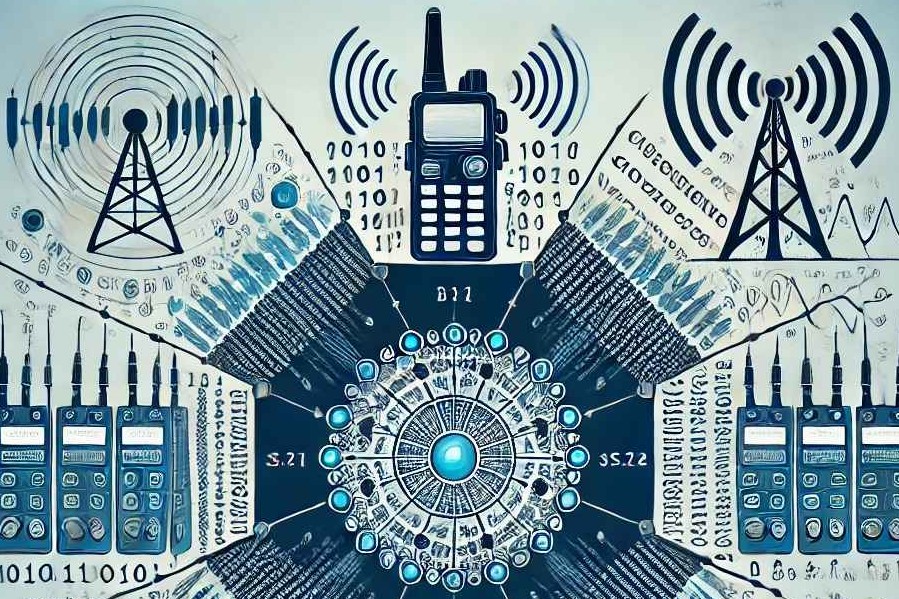27 August 2024
Comparison of Trunked Radio Technology with Other Communication Systems
In the world of communication, various systems have been developed to meet the need for fast, reliable, and efficient communication. Among these systems, trunked radio technology has become a popular choice. But how does this technology compare to other communication systems? This article will compare trunked radio technology with several other communication systems such as analog, digital, and cellular communication.
Trunked Radio Technology
Trunked radio is a radio communication system that uses the principle of trunking to optimize frequency usage. In this system, several frequency channels are controlled by one or more controllers that dynamically allocate these channels to users as needed. This allows for more efficient use of frequencies compared to conventional radio systems where each user has a fixed frequency channel.
One of the main advantages of trunked radio is its spectrum efficiency. Because frequency channels are only used when needed, more users can be served with the same number of channels. Additionally, this technology offers advanced features such as group calls, priority calls, and text messaging, which are not available in conventional analog communication systems.
Analog Communication
Analog communication is one of the simplest forms of communication and has been used for decades. This system transmits voice in the form of continuous waves. The main advantage of analog communication is its simplicity and the ability to work with cheaper equipment. However, analog communication has limitations in terms of voice quality and frequency spectrum usage. Interference and noise can easily affect analog signals, and its frequency usage efficiency is lower compared to trunking systems.
Digital Communication
Digital communication, on the other hand, offers many improvements over analog communication. Voice signals are converted into digital data before transmission, allowing for higher voice quality and reduced interference. Additionally, digital communication systems often have better security features, such as data encryption. However, these systems usually require more complex and expensive equipment compared to analog systems.
In terms of spectrum efficiency, trunked radio can be seen as a step between analog and digital communication. Trunked radio uses dynamic allocation principles like digital communication but retains some of the simpler characteristics of analog systems.
Cellular Communication
Cellular communication has become an integral part of modern life. This system uses a wide network to provide voice and data communication. The main advantage of cellular communication is its wide coverage and ability to support various additional services such as internet, SMS, and mobile applications. However, the operational costs and infrastructure investment for cellular communication are very high.
Compared to trunked radio, cellular communication offers higher flexibility and accessibility but often at a higher cost. Trunked radio, meanwhile, is more cost-effective and efficient in frequency spectrum usage, making it a good choice for organizations that need reliable internal communication without large investments.
In conclusion, trunked radio technology offers a balance between frequency spectrum efficiency, cost, and advanced features that make it superior to analog communication systems. Meanwhile, digital communication offers better voice quality and security, and cellular communication offers the highest range and flexibility. The selection of the appropriate communication system depends on the specific needs of the users and their operational conditions. Trunked radio remains a solid choice for many applications, especially in environments where communication efficiency and reliability are top priorities.
Is this information helpful?
